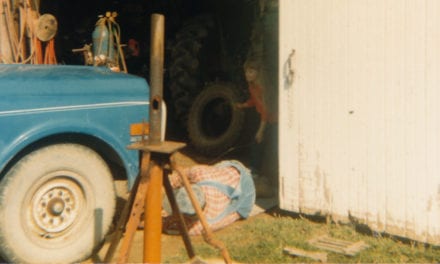Did you know? Babies can be breech. I knew this, intellectually, and yet I still sort of believed it was something that happened only to other people.
So you can already see where this is going.
ACT ONE: A WORLD OF NOPE
At week 33, my doctor gave me my first ultrasound since week 23, so I got a glimpse at what baby had been up to over the previous ten weeks. And guess what? Guess whose head was tucked up under my ribs? My doctor’s! What. Get out of there, doctor! That is so weird. Can you even believe this lady.
After she extricated herself she was like, “Yo, your baby is super breech.”
And I was like: “My baby’s a super freak?”
Doctors aren’t fluent in Dumb Humor so she frowned and handed me a sheet on breech tilt positions for me to perform and a business card for an acupuncturist. You’ll find the acupuncturist will be a recurring character later in this story, in case you were worried I was wasting your time with extraneous information.
The doctor walked me through the positions via miming them with one foot halfheartedly lifted in the air, and scribbled some extra credit assignments in the margins: cat/cow, hip thrust, plank with feet up, pool… “How do you spell somersaults?” she asked. “Nevermind.”
As I was leaving she reiterated how serious this breech thing could be. “We need to try to get this baby turned as soon as possible,” she warned. “Because if it gets much bigger it could get stuck like that.” Smokey, my friend, you are entering a world of pain.
“Okay!” I said brightly. This all seemed very reasonable. So later that day at home I tried the main position on the breech tilt sheet. It said you were supposed to lay on your back and elevate your hips on pillows 12 inches in the air, which sounded easy — almost relaxing! Until I attempted it.
First of all, I couldn’t get my ass to stay in place on the tower of pillows. Gravity was like: NOPE NOPE NOPE NOPE NOPE. Second, my neck was jammed forward against the floor at an unnatural angle, like footage of a crash test dummy paused mid-collision. Third, the weight pressing on my abdomen was almost unbearable at times. The sheet said I was supposed to relax and breathe deeply but all I could do is gasp quietly while simultaneously trying not to topple over and/or pass out from the blood slowly pooling in my head.
The second position was even more bizarre in that it seemed contingent upon you being able to fully detach your head from your body. You were supposed to roll over onto your stomach and “keep your shoulders on the floor” while lifting your buttocks into the air. I read that line over and over, out loud, just in case I could unlock the secrets of this exercise via verbal repetition. I never could figure it out. To this day the challenge of “keeping my shoulders on the floor” remains my own personal Rubik’s Cube to sob over before hurling against a wall.
The more I got into this worksheet the worse it seemed. You were supposed to do the positions on an empty stomach and while the baby was active; two stipulations which in my case generated a Venn diagram of wholly separate, non-overlapping circles. On top of that you were supposed to do the main position twice a day for 10 minutes each and then walk around for 10 minutes afterwards, which sounded like cute and sensible time management tips until you realized that those 10-minute increments added up to an hour each day. For one position alone.
So I kind of stopped doing it. Smokey, my friend, you are entering a world of nope.
Four days before my 35-week ultrasound, I started feeling pretty guilty. I hadn’t been doing enough, I knew, so I tripled down. I rededicated myself to the dread tilt positions, watched videos, read spinningbabies.com front and back, changed my sitting and standing posture, placed ice packs on top of my stomach, and played music on earbuds jammed down the front of my pants. I always perform my best in a time crunch.
And you know what? I thought my last-minute cramming might have worked out for me. The baby felt lower; something felt different. I went in for my next appointment with an air of hope.
Next: ACT TWO.




